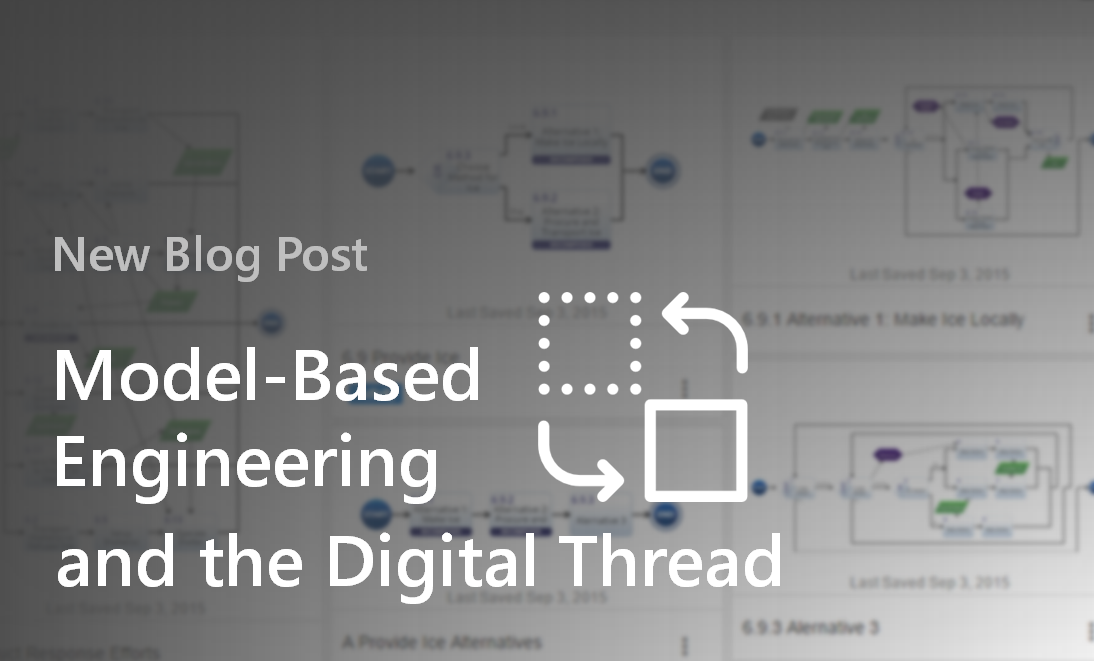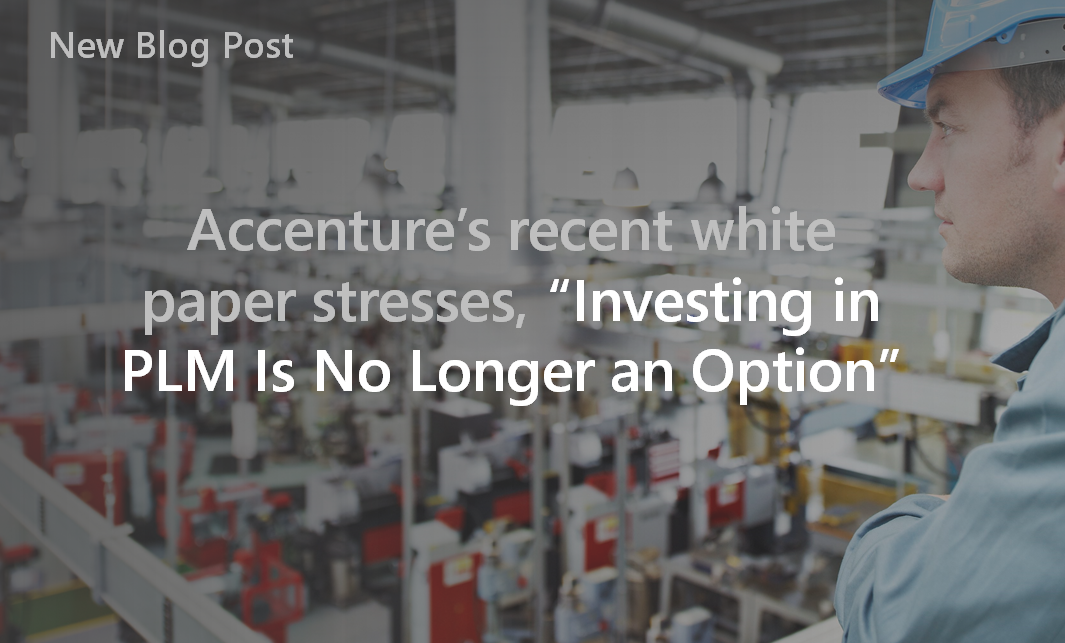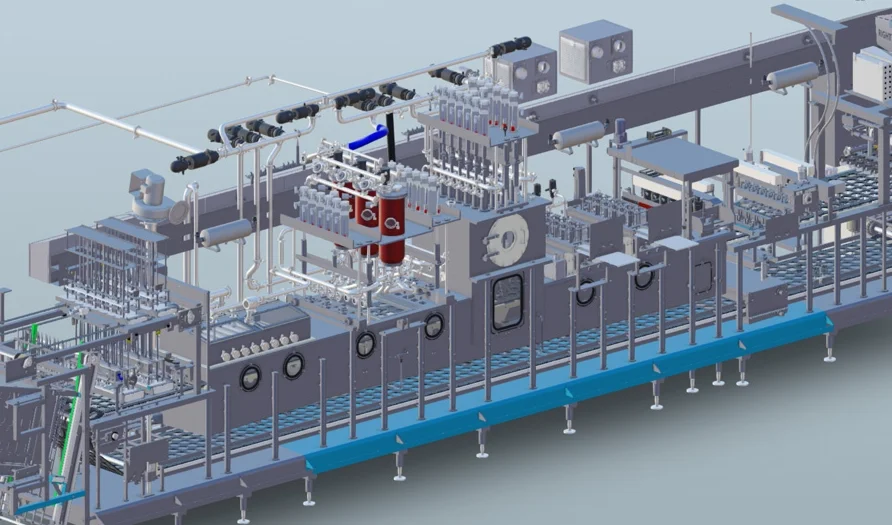Empowering Quoting and Program Execution for Automotive Suppliers - Part 1 of 3
/The tiered automotive supply chain is one of the more challenging business environments in industry today. Suppliers face mounting pressure from OEMs, competitors, and regulators alike. Increasing product complexity, shorter program timeframes, and supply chain complexity are making it difficult to react to the latest consumer tastes and OEM requirements. These dynamics are squeezing margins tighter than ever and leave little room for error. In a recent survey (Figure 1), 65 tier one and two suppliers were asked to rank 12 activities based on their importance for helping the them stay competitive in 2017 and onward...
Read More










